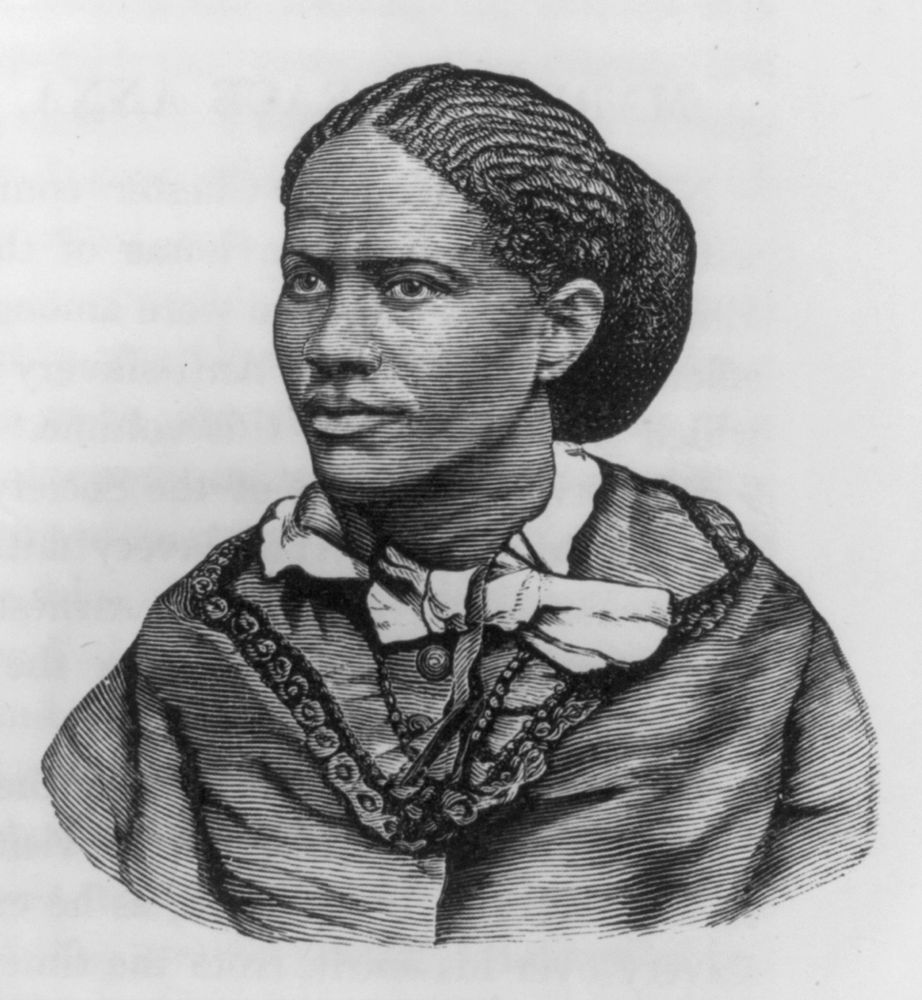Eric Gardner
@profgardner.bsky.social
300 followers
290 following
100 posts
Proud geek, dad, and husband. Teacher and literary historian with emphasis on Black print culture--esp. C19 and African American women writers. Opinions my own.
Posts
Media
Videos
Starter Packs
Eric Gardner
@profgardner.bsky.social
· Jul 5

Frances Ellen Watkins Harper’s “National Salvation”: A Rediscovered Lecture on Reconstruction - Commonplace
What makes Harper’s January 31 [1867] lecture rare is that we have its full text. The Philadelphia Evening Telegraph printed a transcription of “National Salvation” the day after Harper spoke.
commonplace.online
Eric Gardner
@profgardner.bsky.social
· Jul 2
Eric Gardner
@profgardner.bsky.social
· May 15














